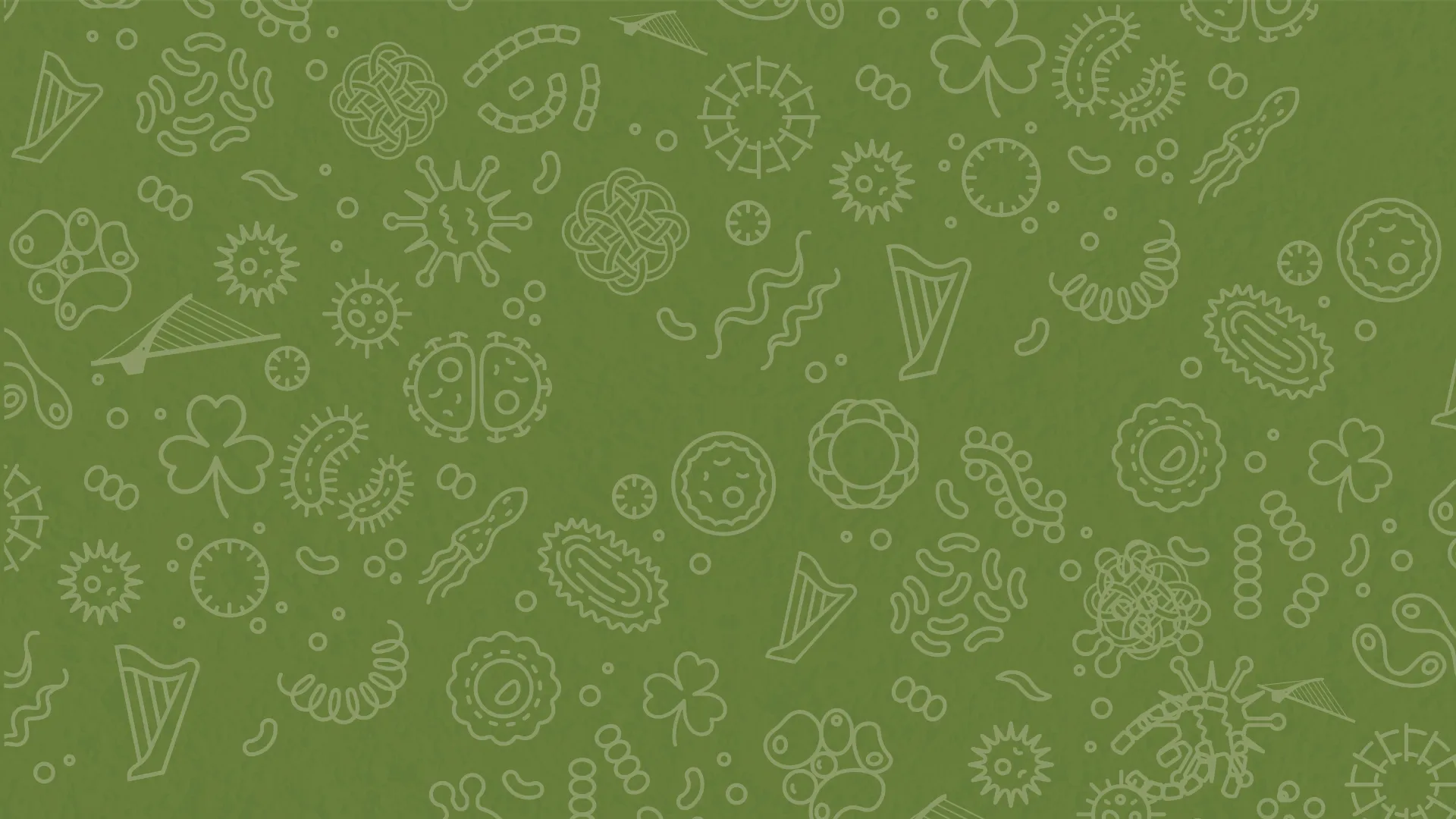We are pleased to announce that 22 contributions are presented at the GSB2023 March 13-15 by EUdaphobase partners. They deal with a variety of topics related to soil biodiversity.
Baulechner, D., Wolters, V., Zaitsev, A.S., John, K.: Effects of Livestock Grazing-Intensity and Soil Compaction on Soil-Mesofauna Depend on Land use History.
Briones, M.J.I. et al.: Effects of pristine and UV-aged polyethylene microplastics on the survival and reproduction of soil mesofauna.
Fritze, H. et al.: Resistant Cities – connecting soil biodiversity of urban living environments with human health.
Ganault, P. et al.: Functional trait space of European earthworms: a trait database and definition of functional groups.
Gongalsky, K. et al.: Soil saprophages as an emerging global source for micronutrients.
Hackenberger, B., Đerđ, T., Hackenberger, D., Hackenberger, D.: Cleaning soil invertebrate samples using computer vision.
Hackenberger, D., Hackenberger, B., Hackenberger, D., Đerđ, T.: ErIK2 – Machine learning-based earthworm identification key and GIS platform (web and mobile application).
Indjic, D. et al.: Biosensing Rhizosphere for the Biodiversity Finance.
Jänsch, S., Krogh, P.H., Alves, D., Luz, T.N.d., Rojo, V., Scheffczyk, A., Schmelz, R.M., Sousa6, J.P., Vierna, J., Römbke, A.V.J.: Determination of soil invertebrate diversity using morphological and DNA-based methods at 25 sites in Germany.
Keith, A. et al.: From Darwin to SOC-D: building rich earthworm metadatasets for predicting soil biodiversity, functions and health.
Krogh, P.H., Qin, J.: Tillage systems reflected in communities quantified by metabarcoding and abundance of earthworms and collembolans.
Krogh, P.H., Russell, D., Mylona, P., Viñuales, L.M., Schlaghamerský, J., Tsiafouli, M., Hedde, M., Navas-Delgado, I., Suhadolc, M., Debeljak, M., Marjanović, Ž., Hackenberger, D., Cortet, J., Potapov, A., Tunguz, V., Jänsch, S., Zaytsev, A.S., Schmalenberger, A., Lesch, S.: Soil Biodiversity Data Warehouse Supporting Soil Health Assessment.
Marjanović, Ž., Schmalenberger, A., Frey, B., Oehl, F., Baldrian, P., Corcimaru, S., Krogh, P.H., Chen, T.-W., Fiera, C., Lesch, S., Russell, D.: EUdaphobase – building bridges between cohabiting soil communities, environments, and methodologies.
Potapov et al.: Multifunctionality of Belowground Food Webs.
Santorufo, L. et al.: The Impact of Fire on Microartrhopod Biodiversity Varies with the Vegetation Cover.
Schlaghamerský, J.: Enchytraeid species richness and assemblage structure in soils and the environmental drivers.
Schmelz, R.M., Vierna, J., Rojo, V., Römbke, A.V.J., Jänsch, S., Bender, L., Felföldi, T., Martinsson, S., Klinth, M., Erséus, C.: A DNA barcode reference library for terrestrial enchytraeids in Europe.
Schneider, C.: Presentation about EUdaphobase at the workshop “Molecular and traditional methods to assess soil biodiversity”.
Soudzilovskaia, N. et al.: Global distribution of mycorrhizae is tightly linked to Earth microbial communities.
Tsiafouli, M., Russell, D., Potapov, A., Ganault, Pierre, Zaytsev, A.S., Krogh, P.H., Cortet, J.: The European Atlas of Soil Fauna as a tool for the conservation of soil biodiversity.
Winding, A. et al.: Protist-Bacteria Interactions within the Wheat Rhizosphere Microbiome.
Zaitsev, A.S. et al.: Macrogeography of oribatid mite community assembly in European soils is best reflected by functional traits.
